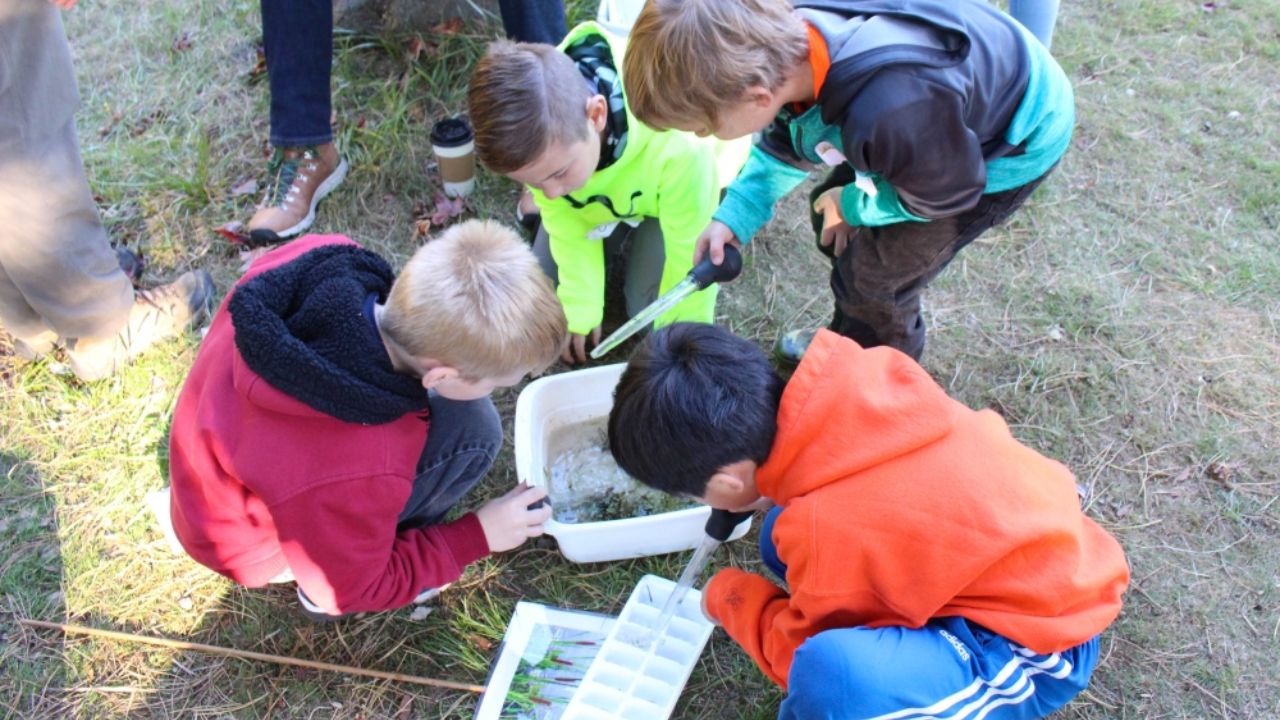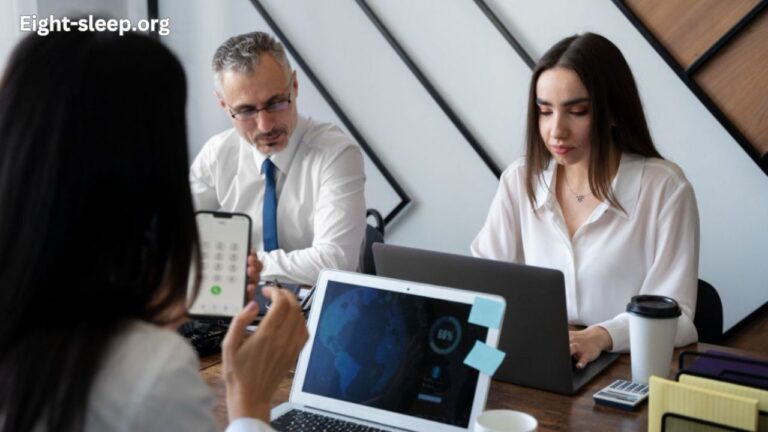How Newby Elementary Uses Google Earth in the Classroom
In the age of technology, educators are finding innovative ways to engage students, turning traditional lessons into interactive experiences. One remarkable tool reshaping newby elementary school google earth. At Newby Elementary, teachers have embraced this powerful software to make lessons in geography, history, and even science come alive. Google Earth fosters curiosity, encourages exploration, and helps students grasp complex concepts through immersive visuals and real-world connections.
What is Google Earth?
Google Earth is a geospatial software that uses satellite imagery, maps, and terrain data to create a 3D representation of Earth. Its features include zoomable maps, historical imagery, street views, and detailed geographic layers. This makes it an indispensable tool in modern education, helping students visualize concepts in a way textbooks cannot.
Why Newby Elementary Chose Google Earth
Newby Elementary recognizes the importance of integrating technology into classrooms. Google Earth stood out due to its interactive nature, cross-disciplinary applications, and the ability to cater to students of all learning styles. Here’s why the school chose this tool:
- Engagement Through Interactivity: Students actively participate in lessons by exploring real-world locations.
- Cost-Effective Learning: A free resource that offers an expansive range of features.
- Accessibility for All Subjects: From geography to literature, Google Earth is adaptable to various subjects.
Enhancing Geography Lessons
Geography lessons at Newby Elementary have transformed into dynamic explorations. Students no longer just read about countries—they visit them virtually.
- Interactive Maps: Students explore continents, countries, and cities in 3D.
- Landform Studies: Google Earth overlays allow in-depth study of mountains, rivers, and plateaus.
- Cultural Insights: Tools like Voyager provide interactive tours of cultural landmarks.
Bringing History to Life
History classes at Newby Elementary have never been more engaging. By using Google Earth’s historical imagery, students visualize changes in cities, landscapes, and historical sites over time.
- Time-Lapse Feature: Students witness the evolution of cities or the aftermath of historical events.
- Landmark Exploration: Ancient ruins and modern monuments are brought to life through 3D views.
- Battlefield Tours: Interactive maps recreate historical battles, helping students understand strategies and outcomes.
Science Education with Google Earth
Science lessons benefit immensely from the features Google Earth offers.
- Environmental Studies: Students track climate change by observing glacial retreat over decades.
- Biodiversity Mapping: Exploration of ecosystems and habitats, such as rainforests and coral reefs.
- Astronomy Add-Ons: With Google Earth Pro, students can explore constellations and celestial bodies.
Promoting Critical Thinking and Problem Solving
Google Earth encourages students to think critically. By analyzing geographic data, environmental changes, or urban planning, they develop problem-solving skills essential for real-world applications.
Practical Applications in the Classroom
Project-Based Learning
Students work on projects involving real-world problems. For instance, they may use Google Earth to analyze deforestation patterns and propose solutions.
Storytelling Through Maps
Teachers at newby elementary school google earth to create story maps. These maps overlay geographic data with narratives, integrating language arts with technology.
Field Trip Planning
Virtual field trips to the Grand Canyon, the Eiffel Tower, or the Amazon rainforest are made possible through Google Earth’s immersive 360-degree views.
Challenges and Solutions
While integrating Google Earth, Newby Elementary faced a few challenges:
- Technological Barriers: Not all classrooms had access to the required hardware. The solution was implementing shared devices and dedicated lab sessions.
- Teacher Training: Educators needed training to use advanced features. Regular workshops solved this issue.
Conclusion
Newby Elementary’s use of Google Earth exemplifies how technology can redefine education. By bridging the gap between theory and practice, it inspires students to explore, learn, and grow in ways that traditional methods cannot achieve. Google Earth transforms lessons into adventures, proving that learning can be as vast and exciting as the world itself.
FAQs
How does Google Earth benefit students?
Google Earth enhances learning by offering interactive and visual experiences that foster engagement, critical thinking, and curiosity.
Can Google Earth be used for non-geography subjects?
Yes! Subjects like history, science, literature, and even math can benefit from Google Earth’s features.
What equipment is needed to use Google Earth in classrooms?
Basic requirements include a computer or tablet and internet access. For advanced features, projectors or smartboards can enhance the experience.
Is Google Earth free for educational use?
Yes, Google Earth is free, making it a cost-effective resource for schools.
How does Newby Elementary assess the effectiveness of Google Earth?
The school uses project-based assessments, student feedback, and performance metrics to measure success.
What makes Google Earth better than traditional teaching methods?
Its ability to visualize data and offer hands-on interaction makes learning more engaging and memorable.







